Colour Series: Agave Inspired by Edgar Degas’ Cold Green
AGAVE linen’s cold, watery green flowed through Edgar Degas’ paintings, illuminating grassy banks, café scenes and private interiors with the fresh sheen of Parisian light. Though his subjects were hugely varied, Degas’ paintings pivoted around moments of suspended tension, from racehorses to jittery dancers and precariously balanced nudes. Silvery green tones helped him invest this mysterious, magical spark of vitality into his artworks, allowing them to bristle with nervous excitement. “Art is not what you see,” he wrote, “but what you make others see.”
Growing up in Paris, Degas’ mother was an American opera singer, planting in the young artist a lifelong fascination with the theatricalities of the stage. His father, a banker, earned a substantial income, allowing Degas access to a high quality education, but he discovered an aptitude and a passion for the arts early on. Degas’ mother died when he was just 13, and his father pushed his son into studying law, but it was a short lived experience when the desire to make art took over; by 1855 Degas had enrolled in the prestigious Ecole des Beaux-Arts in Paris. His academic study was followed by a spell of travel throughout Italy, where he was dazzled by the figurative realism of the Italian Renaissance which had a lasting impact on his work.
In the 1860s Degas befriended the older artist Edouard Manet, a flamboyant extrovert who brought the shy, introverted Degas out of his shell, and the unlikely pair would remain friends for the rest of their lives. Manet’s unconventional rejection of the Parisian art academy also had a profound influence on the young Degas, giving him the confidence to explore cropped, flattened compositions inspired by photography and solid areas of black or linear contours as influenced by Japonisme. In contrast with Manet, Degas was entranced by colour, infusing it into his oil paintings as weaving, transitory light effects, earning him an association with the French Impressionists.
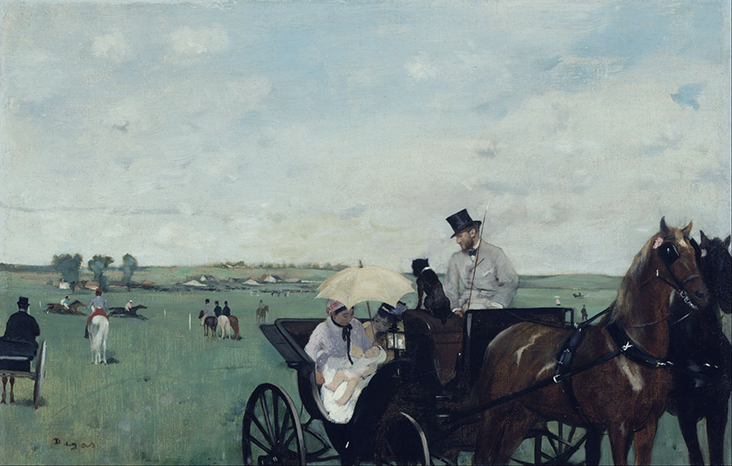
At the Races in the Countryside / Edgar Degas / 1869 / Museum of Fine Arts, Boston, MA. Wikimedia Commons
Although Degas sat somewhat apart from the Impressionists, whose rapid brushstrokes he found too ephemeral and impermanent, he shared with them a fascination with modern Paris, with its bustling, busy cafes, bars and sporting events. In his early years Degas returned again and again to the subject of the racecourse, whose brimming anticipation had him transfixed. In At the Races in the Countryside, 1869, broad stretches of green grass under a sharp sky become a patchwork of cool, shivering tones, capturing the frenetic energy of the setting.
By the 1870s Degas had discovered his calling card – the excitement of Paris’ seemingly endless stream of young dancers. The Dance Class, 1874 portrays a ballet rehearsal as ballerinas twist, stretch, sulk and pout and it becomes clear these are real young women, not idealised prima donnas. Behind them walls are painted in dark seafoam green which stretches out behind them like a glowering storm, conjuring up the room’s nervous energy.
In his later years Degas pioneered pastel drawing, discovering how the mutable material could capture shifting patterns of light falling over forms before him. His pastel studies of bathing nudes convey ordinary, everyday rituals, as seen in Woman Drying Her Hair (Femme s’essuyant les cheveux), 1889, but colours bring energy and life to the scene, as the peachy model’s skin nestles with vivid blue, warm mustard and dusty green. Women’s bodies were the mainstay of Degas’ later practice, but he also occasionally made landscapes in his later career, with colours and forms echoing the language of his figurative works. In the quiet pastel study Wheat Field and Green Hill, 1890-92, frosty green grasslands seem to shiver over a humped mound with the icy freshness of morning dew before falling into a wild field of warm yellow below, as if anticipating the start of a new day.





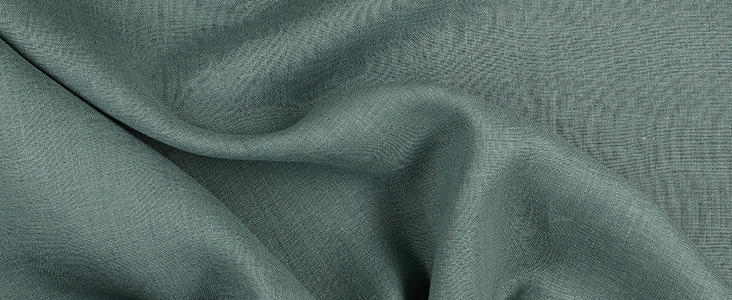
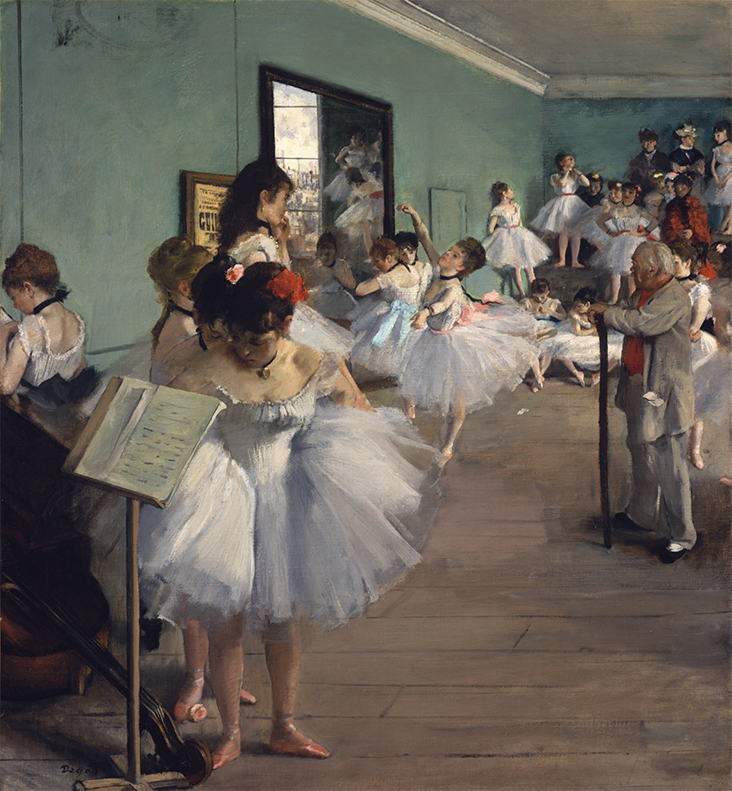
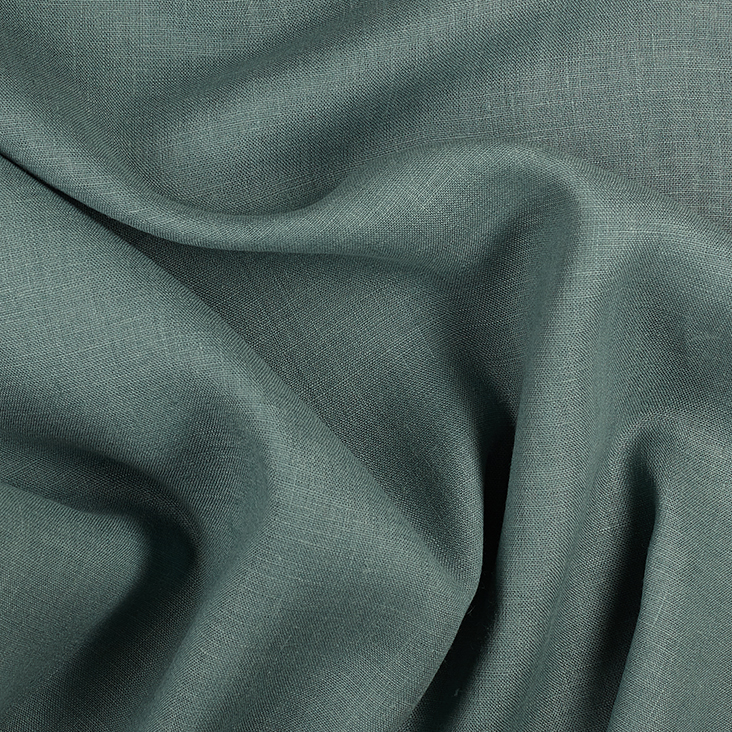
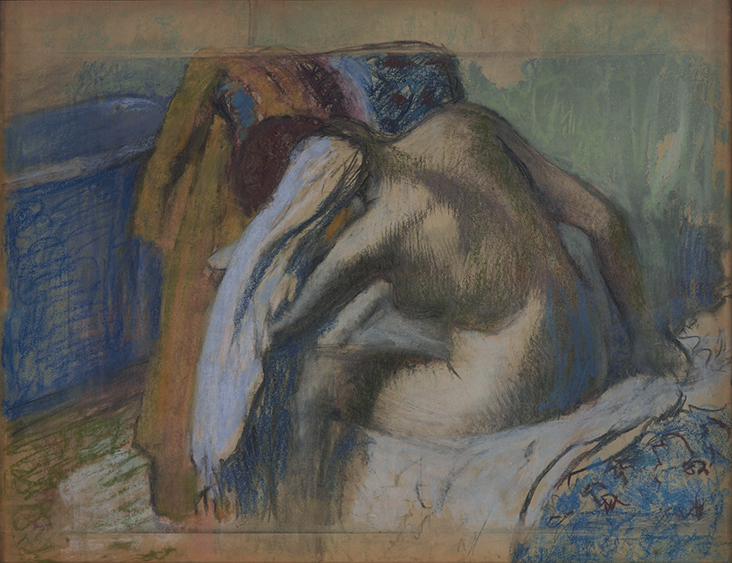






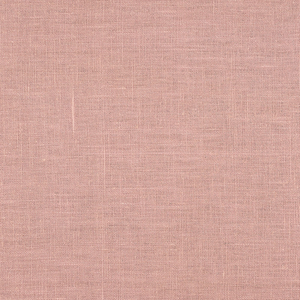


















Leave a comment